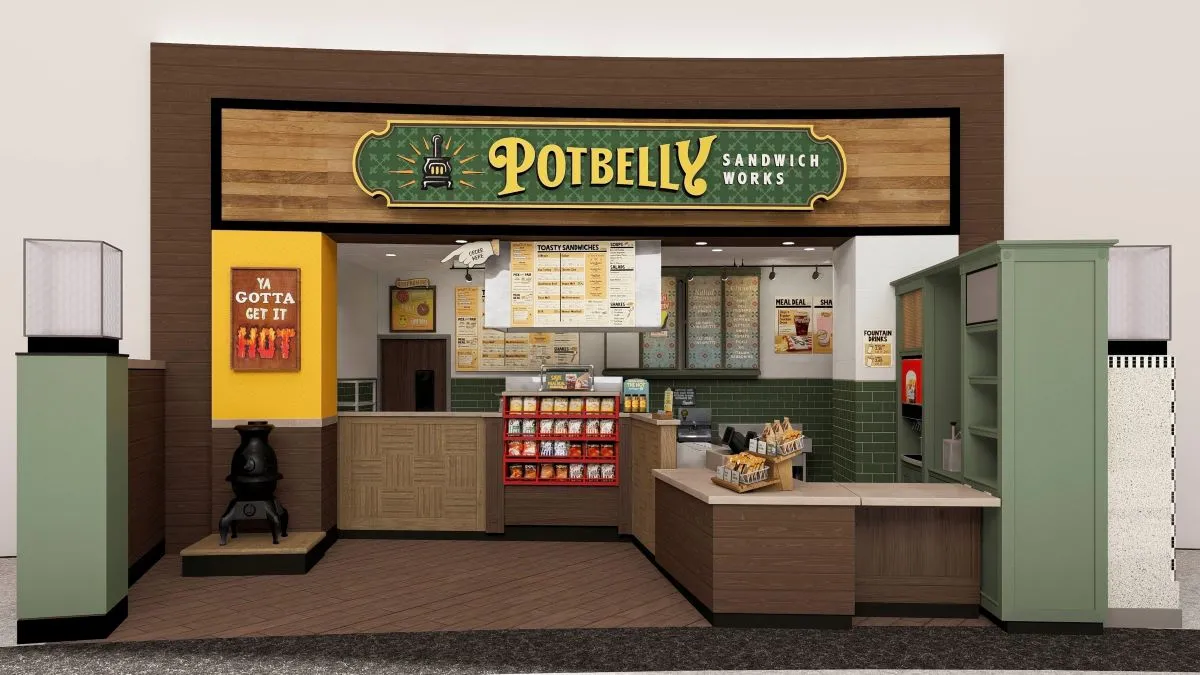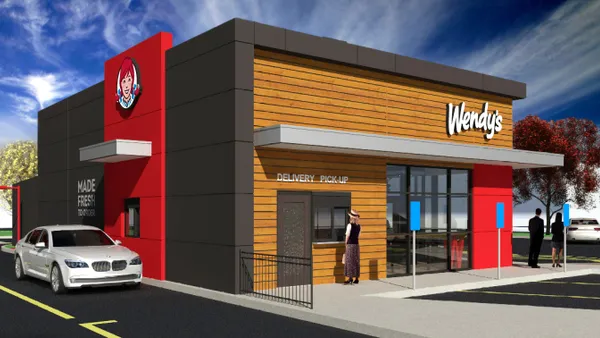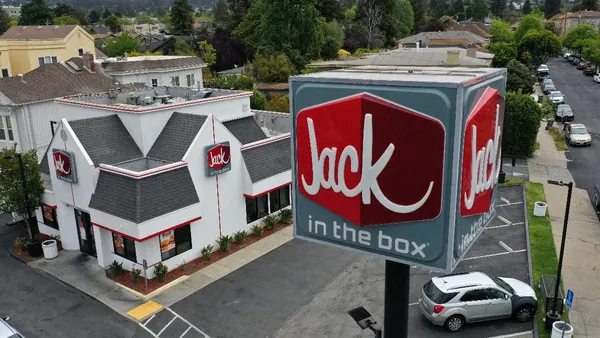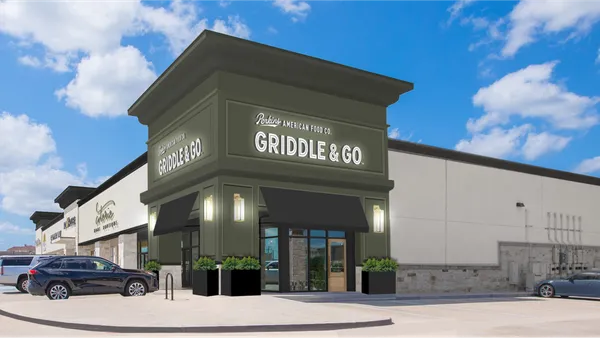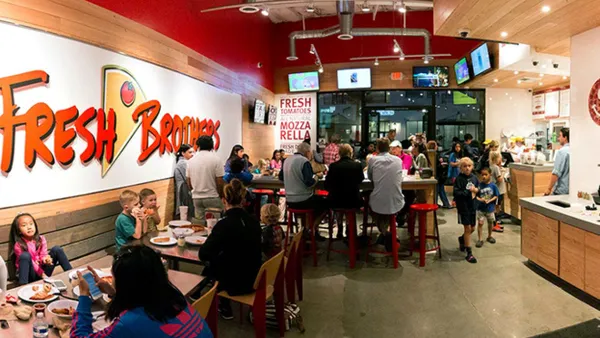Dive Brief:
- Potbelly announced an 1,800-square-foot prototype — 500 square feet smaller than its traditional stores — during its earnings call on Wednesday.
- The first franchised location using the prototype design is expected to open in Arkansas this month, CEO Robert Wright said during the call.
- The new box is designed to be more digital focused and will improve customer flows, Wright said. This will be particularly important as the company continues to grow digital sales, which comprised about 41% of sales last quarter, a 200 basis point increase from last year.
Dive Insight:
Potbelly’s latest design is flexible, allowing franchisees to fit it within whatever location they lease, Wright said. The model can fit into a rectangular, square or even more triangular footprint, he said.
“Our prototype is a standard build from which you then fit it into a shop,” Wright said. “And if it needs to be 1,500 [square] feet, because that’s the best location, well then we can work with that. And I think that’s what franchisees are the most excited about. We’ve got this wonderful starting place that’s smaller than we used to build.”
Wright added that this level of flexibility isn’t as widely seen in the QSR industry.
“The world I come from, in QSR, a prototype was a fixed specific box, it was exactly the same size every time you built it,” Wright said. “I mean down to the inches the counter was from the front door.”
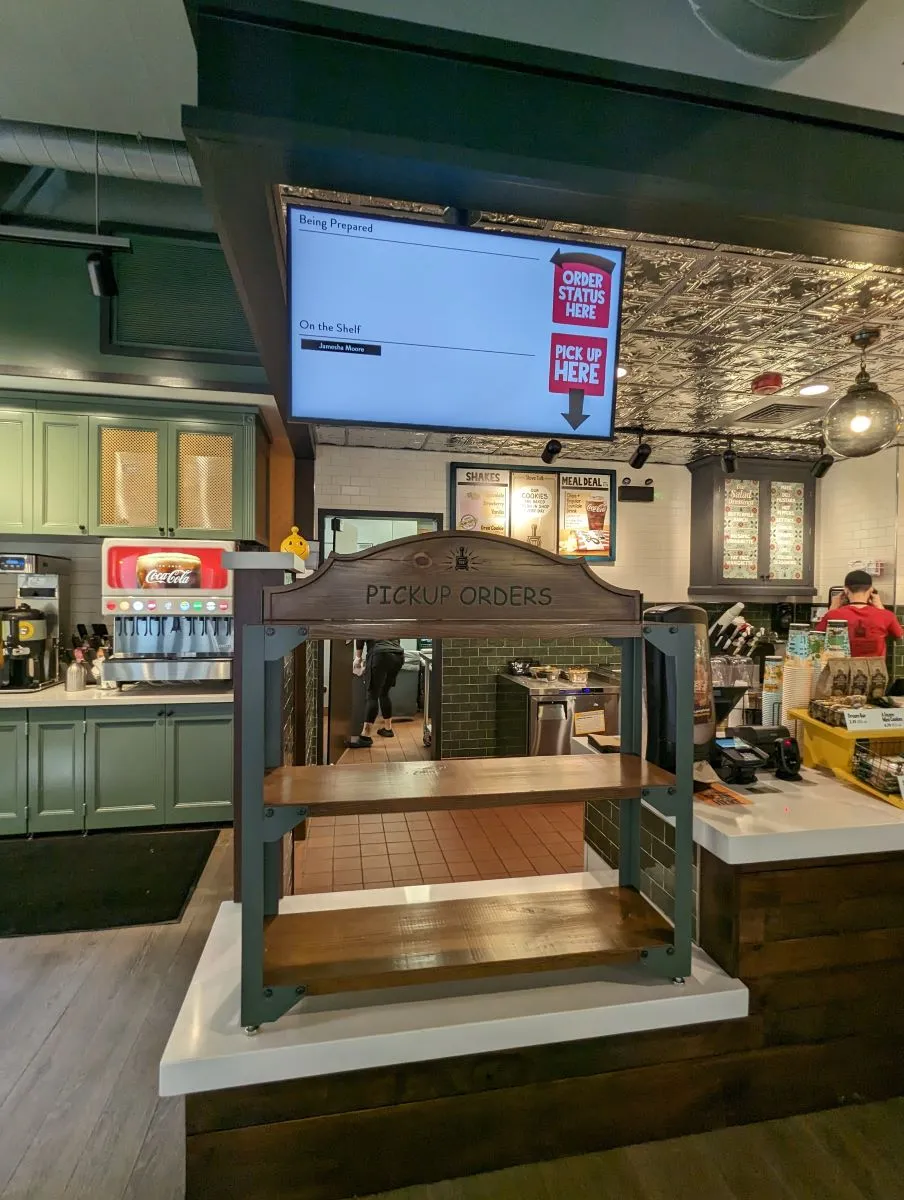
The company’s standard Potbelly Digital Kitchen — a digitized backline that helps process online orders more efficiently — is standard in all new locations as well. The prototype also includes reoriented pickup shelves, a more efficient makeline, as well as other digital elements alongside “plenty of seating for today’s mix of digital and dine-in,” Wright said.
Potbelly’s smaller design is expected to positively impact the leasing and construction costs of new builds, Wright said.
Wright did not disclose a precise estimate of the savings the new prototype will yield. However, Wright said that some of the recent franchise openings are taking elements of the new design that don’t require a new permit, like aesthetic changed, and that the development costs of those new builds are below the chain’s historical average of $650,000.
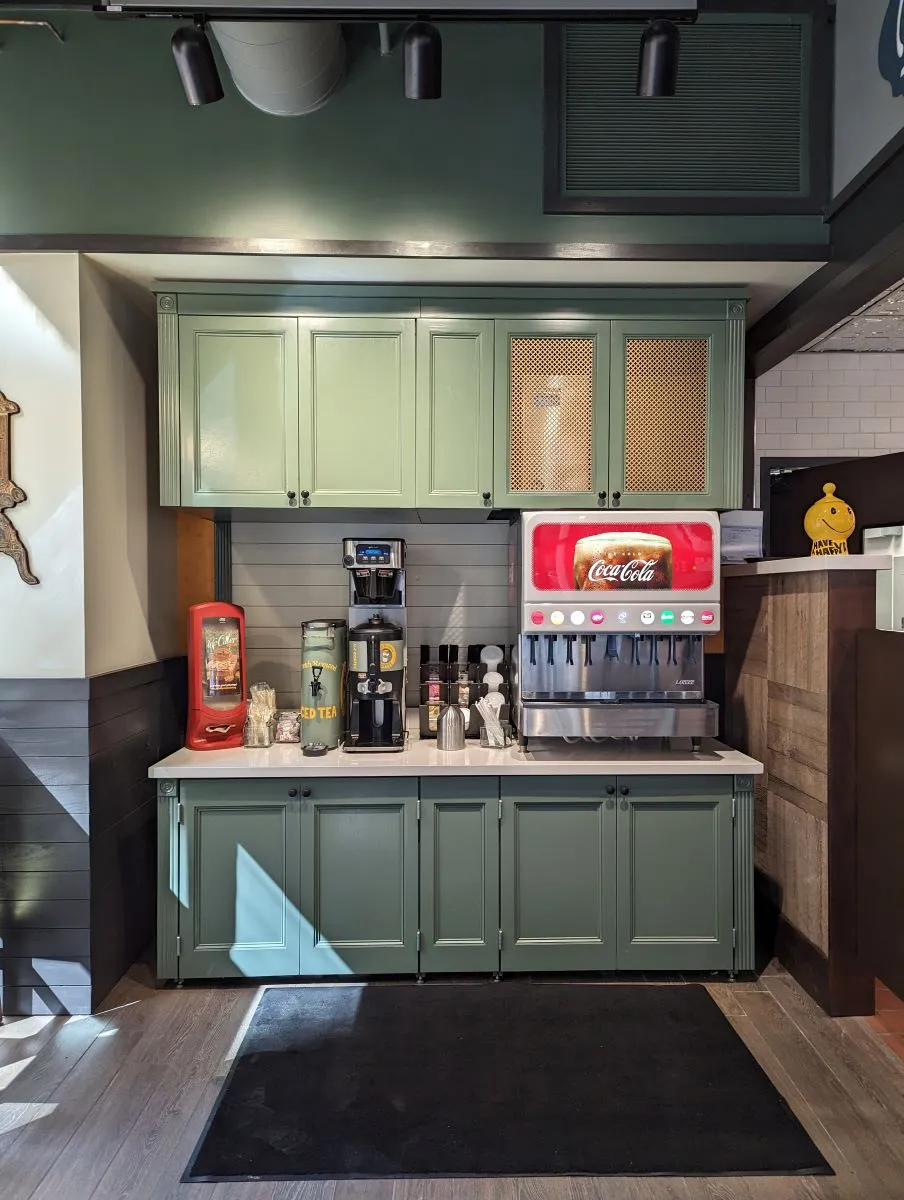
“An average of 500 [square] feet — if you look at today’s average lease cost, triple net charges — those are hundreds of basis points of leasing margin expansion for franchisees that are able to take advantage of that,” Wright said. “One of the greatest things about the franchise business is that they are going to help us find ways to improve the investment economics on these builds. And then, because we’ve got the engineering teams and the more contractors we get involved, I think our best days are ahead on the cost.”
Lower build out costs could be particularly helpful in attracting new franchisees, which has been a large focus for the chain as it moves toward a more asset-light model with a greater proportion of franchised stores. The company started the year with 192 development agreements signed over 16 months. These new signings were part of the chain’s Franchise Growth Initiative, which started in 2022 with the goal of becoming 85% franchised and reaching 2,000 units over 10 years. It added another 32 franchise commitments during the first quarter, Wright said.
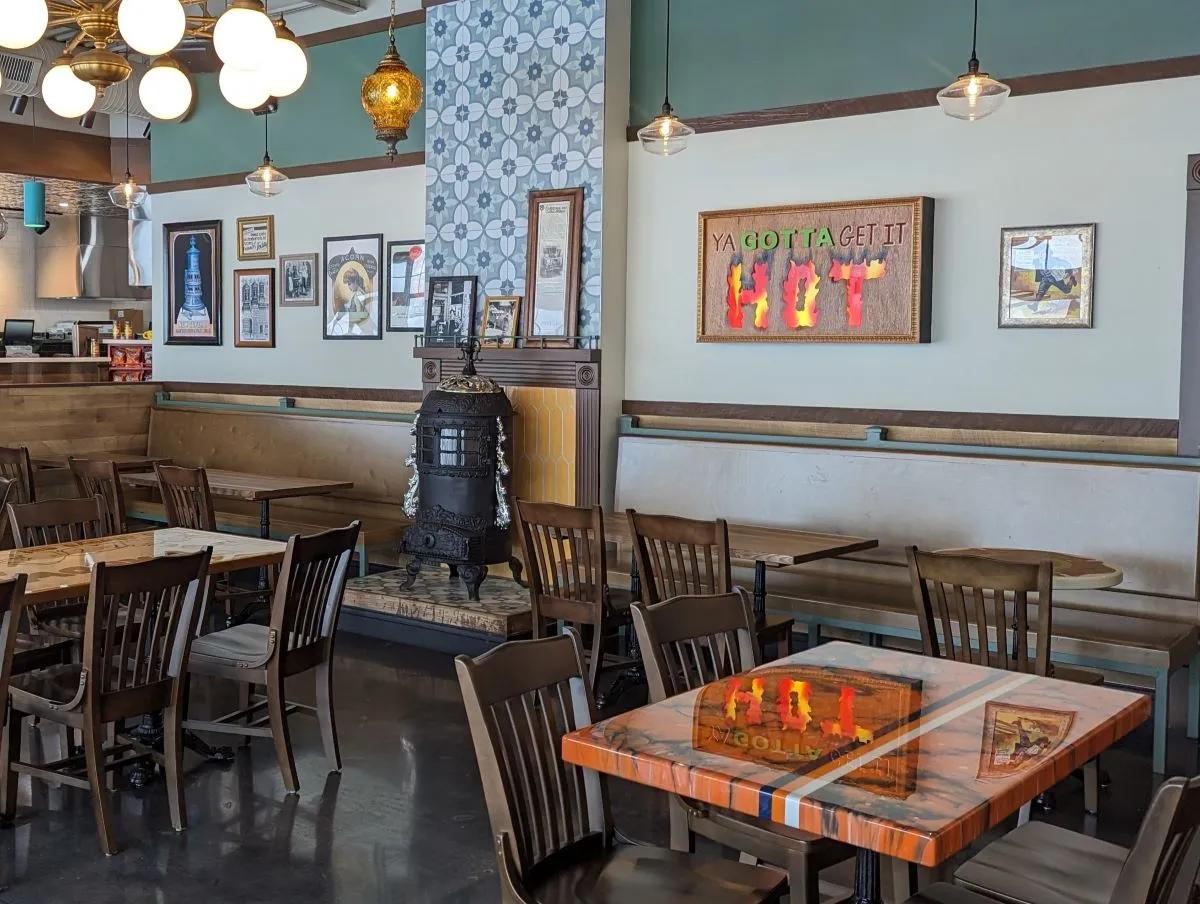
Potbelly has 30 units in various stages of development for this year and another 10 in early stages of development that are expected to open late this year or in 2025, Wright said.
“With 427 systemwide locations as of year-end, Potbelly remains significantly underpenetrated in many key markets, leaving ample white space for the company to accelerate franchised growth to reach its targeted domestic potential of 2,000 units,” Sharon Zackfia, a William Blair analyst, said in a report emailed to Restaurant Dive.



